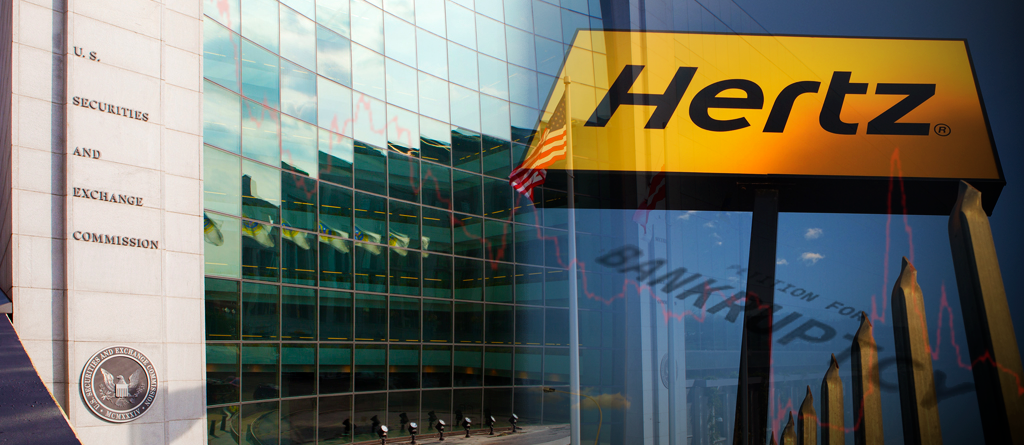In this article, we take a closer look at some of the factors that led to this high-profile bankruptcy, and the post-bankruptcy efforts to contain the meltdown.
Founded in 1918, on the back of a fleet of 12 Model Ts, Hertz grew into one of the largest auto rental companies in the US. It filed for bankruptcy on May 22, 2020, after more than 100 years in business.
Saddled with around $23 billion of net debt, Hertz’s demise has been one of the most significant of the year thus far. And there have been indeed quite a few high-caliber bankruptcies in this COVID-19-ridden economy.
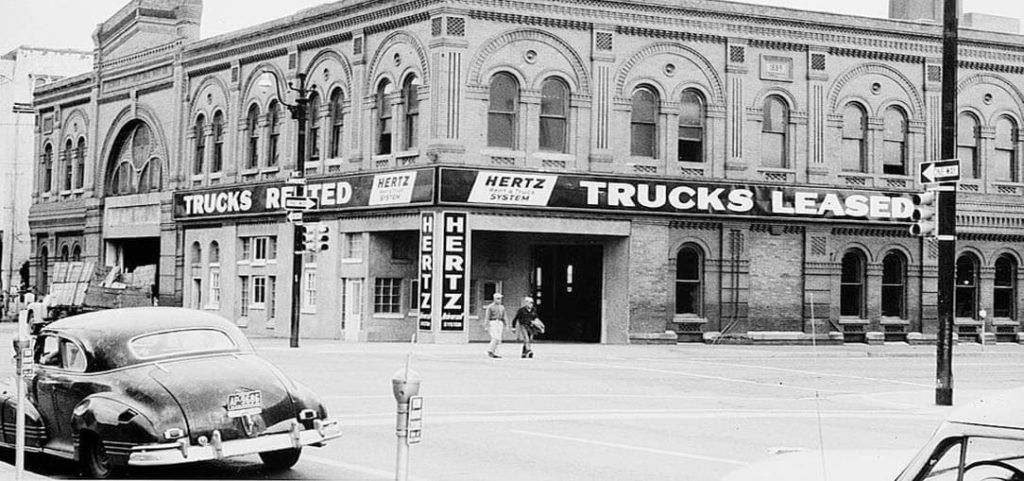
Back in March 2020, Hertz laid off some 12,000 workers and furloughed a further 4,000, in an effort to adapt to the new realities of the COVID-19 world. It was too little, too late. Its fleet of 700,000 vehicles left idle by lack of demand, the company had no choice but to toss in the proverbial towel.
Although COVID-19 is certainly the main trigger of Hertz’s bankruptcy, the roots of its demise reach back further in time.
Hertz’s Daring and Controversial Business Model
Hertz financed its entire operation through asset-backed securities. According to its business model, the company used an entity qualified as bankruptcy-remote, for purchases of new vehicle pools. This entity was independent of Hertz. Through its operation, it earned an excellent credit rating, so it was able to secure loans at excellent rates. It then leased the vehicles to Hertz under a master lease agreement. This way, Hertz, with its bad credit rating, gained access to low-cost borrowing.
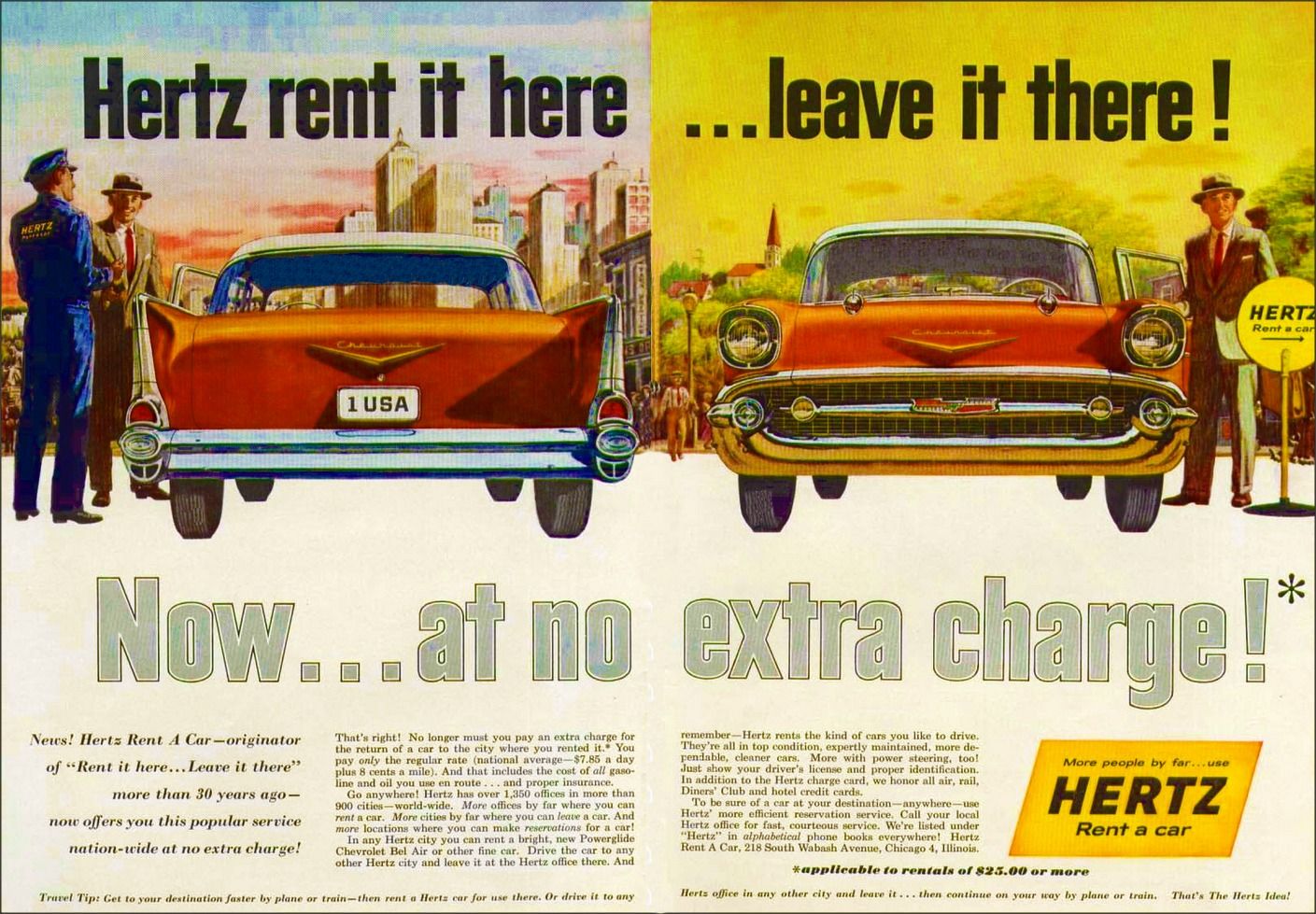
If this sounds like a work-around, that is likely because it is one. Through it, a company undeserving of credit gained access to cheap financing.
As long as the money flowed back and forth, the scheme seemed to hold up well. The COVID-19 lull put the last nail in its coffin, however.
By late April, it had become clear that the construct would collapse like the house cards it was.
It was then that Hertz announced its inability to keep up payments in accordance with the master lease agreement, to the asset-backed securities entity. Since these payments kept the ABS entity alive, it quickly folded, triggering a whirlwind of defaults across Hertz’s debt-based empire.
Within 30 days, the company filed a Chapter 11 bankruptcy. Chapter 11 allows it to restructure its debt, to possibly consolidate it, and to attempt to resolve it, through an intricate system of procedures.
Damage control has already begun. The company announced that it would cut its new vehicle purchases by 90 percent and began selling off tens of thousands of its existing vehicles, well below market value.
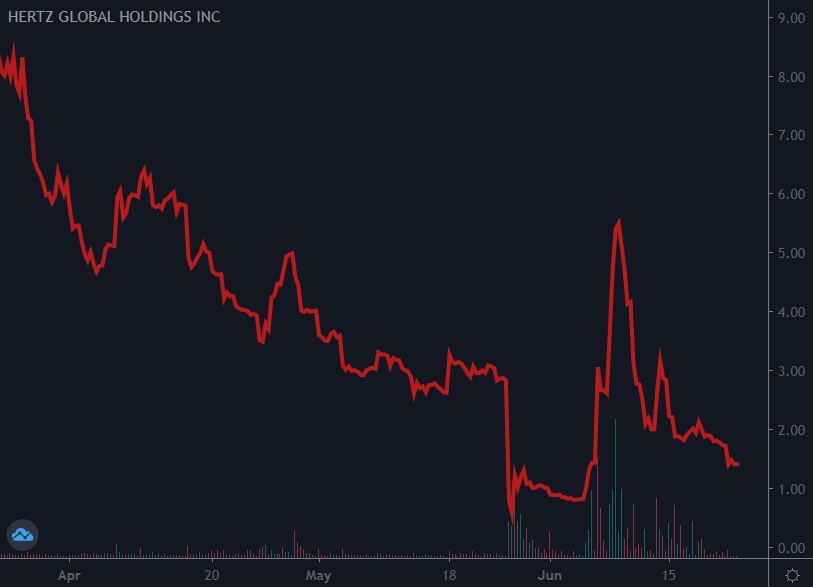
The $500 Million Stock Sale and the SEC
To fund the bankruptcy proceedings of the company, Hertz executives decided to attempt to raise $500 million through a stock sale. With the sale, the company likely intended to cash in on the exceptional circumstances that had led to increased public interest in its stock.
With COVID-19 ravaging the global economy, many institutional and retail investors see value in buying up stock that now suffers. Gambling on the effects of a future rebound does make mathematical sense in some instances. This type of speculative thinking is what drove up the price of Hertz stock following the bankruptcy.
The judge presiding over Hertz’s bankruptcy signed off on the deal, deeming it a reasonable solution, given the unexpectedly buoyant stock price.
The SEC would have none of it, however. According to Hertz executives, the Commission had “comments” on the sale. What this usually means is that the proceedings stop dead in their tracks, until the entity selling the stock addresses the concerns of the Commission.
That is what happened in this instance as well and Hertz ended up calling off the sale.
The SEC was likely concerned that given the interest-spike and the exceptional circumstances, crowds of retail investors would readily buy into worthless stock. Hertz themselves have stated several times that the planned stock sale would likely hand buyers worthless stock.
The holders of common shares would only be paid after bondholders and preferred stockholders. Thus, they would most likely end up with nothing.
The Hunt for a Bankruptcy Loan
Following the termination of its much-scrutinized $500 million stock sale, Hertz began looking for money elsewhere. It needs to raise some $1 billion to finance its bankruptcy proceedings. The money could come from several lenders, with whom the company is currently engaged in discussions.
This short-term bankruptcy loan would be a debtor in possession loan, which carries high interest rates and a series of restrictions. It is the more traditional approach, certainly more mainstream than the unorthodox stock sale method the company had attempted.
What is a Debtor in Possession Loan?
DIP financing is an option available only to companies in bankruptcy. More specifically, it is an option for chapter 11 bankruptcy that allows companies to keep operating.
The goal of a DIP loan is to keep the company on life support, so it can restructure and eventually repay its debts.
The providers of DIP loans, the lenders, gain priority over the assets of the company, ahead of other lenders. The court presiding over the bankruptcy needs to approve the DIP plan, after making sure it is in line and proportional with the protection offered through bankruptcy.
A DIP loan might keep the company alive and seemingly credit-worthy, but its presence further diminishes the likelihood of common stockholders receiving anything for their shares.
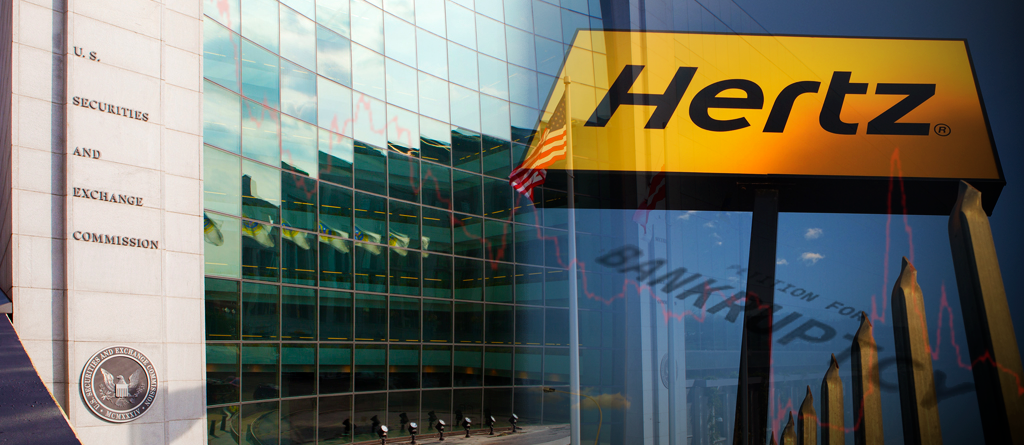
The Financial Ripples of Hertz’s Bankruptcy
· Hertz’s DIP approach to bankruptcy almost certainly means that more of its employees will join the 16,000 already laid off.
· As mentioned, the company has cut its new vehicle purchases by 90 percent. This will impact car makers such as General Motors, from whom Hertz acquired its vehicle fleet.
· The day traders holding Hertz stock in hopes of its resuscitation, who drove up the price of Hertz shares post-bankruptcy, have lost money.
· The creditors of the company, against whom Hertz has gained chapter 11 bankruptcy protection, will also take some losses.
· The used car market is likely to tank, due to the overabundance of used vehicles flooding it. Even though Hertz is selling most of its vehicles under the market price, it may not make financial sense to everyone to try to pick up a bargain.
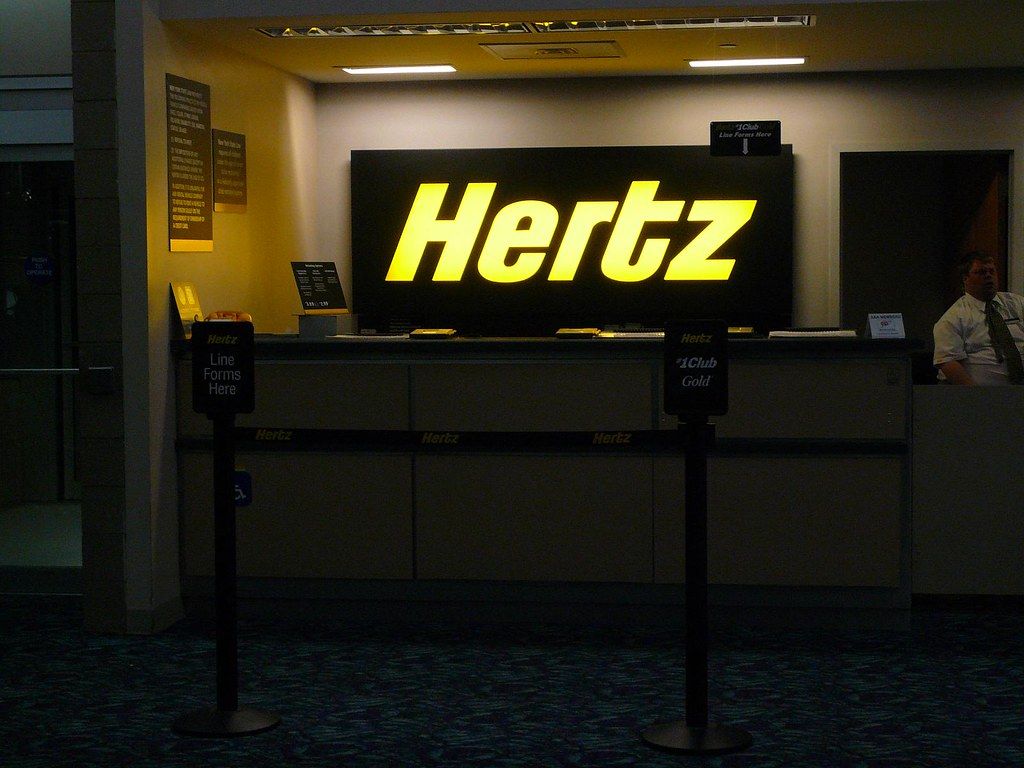
What Does All This Mean for Hertz Equity Holders?
In the wake of the bankruptcy filing, Hertz stock surprisingly rallied some 1,000 percent. Day traders and their speculative efforts were behind the rally that has since run out of steam. Despite that, Hertz shares are still surprisingly upbeat and some 350 percent up from the low they had hit in May.
The bankruptcy proceedings will most likely leave common Hertz stock worthless, as acknowledged by company management. It is one of the reasons why the SEC has stopped the planned $500 million Hertz stock sale.
On May 26, 2020, the NYSE has formally unlisted Hertz. Thus, the buying or selling of Hertz stock has become much more difficult, if not impossible for most retail equity holders.

